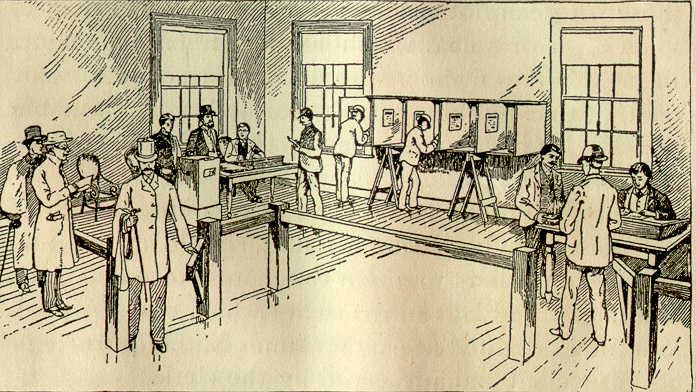Part 1 of 4
During the June 2011 New Jersey primary election, something went wrong in Cumberland County, which uses Sequoia AVC Advantage direct-recording electronic voting computers. From this we learned several things:
- New Jersey court-ordered election-security measures have not been effectively implemented.
- There is a reason to believe that New Jersey election officials have destroyed evidence in a pending court case, perhaps to cover up the noncompliance with these measures or to cover up irregularities in this election. There is enough evidence of a cover-up that a Superior Court judge has referred the matter to the State prosecutor’s office.
- Like any DRE voting machine, the AVC Advantage is vulnerable to software-based vote stealing by replacing the internal vote-counting firmware. That kind of fraud probably did not occur in this case. But even without replacing the internal firmware, the AVC Advantage voting machine is vulnerable to the accidental or deliberate swapping of vote-totals between candidates. It is clear that the machine misreported votes in this election, and both technical and procedural safeguards proved ineffective to fully correct the error.
Cumberland County is in the extreme southern part of New Jersey, a three-hour drive south of New York. In follow-up posts I’ll explain my 3 conclusions. In the remainder of this post, I’ll quote verbatim from the Honorable David E. Krell, the Superior Court judge in Cumberland County. This is his summary of the case, taken from the trial transcript of September 1, 2011, in the matter of Zirkle v. Henry.

